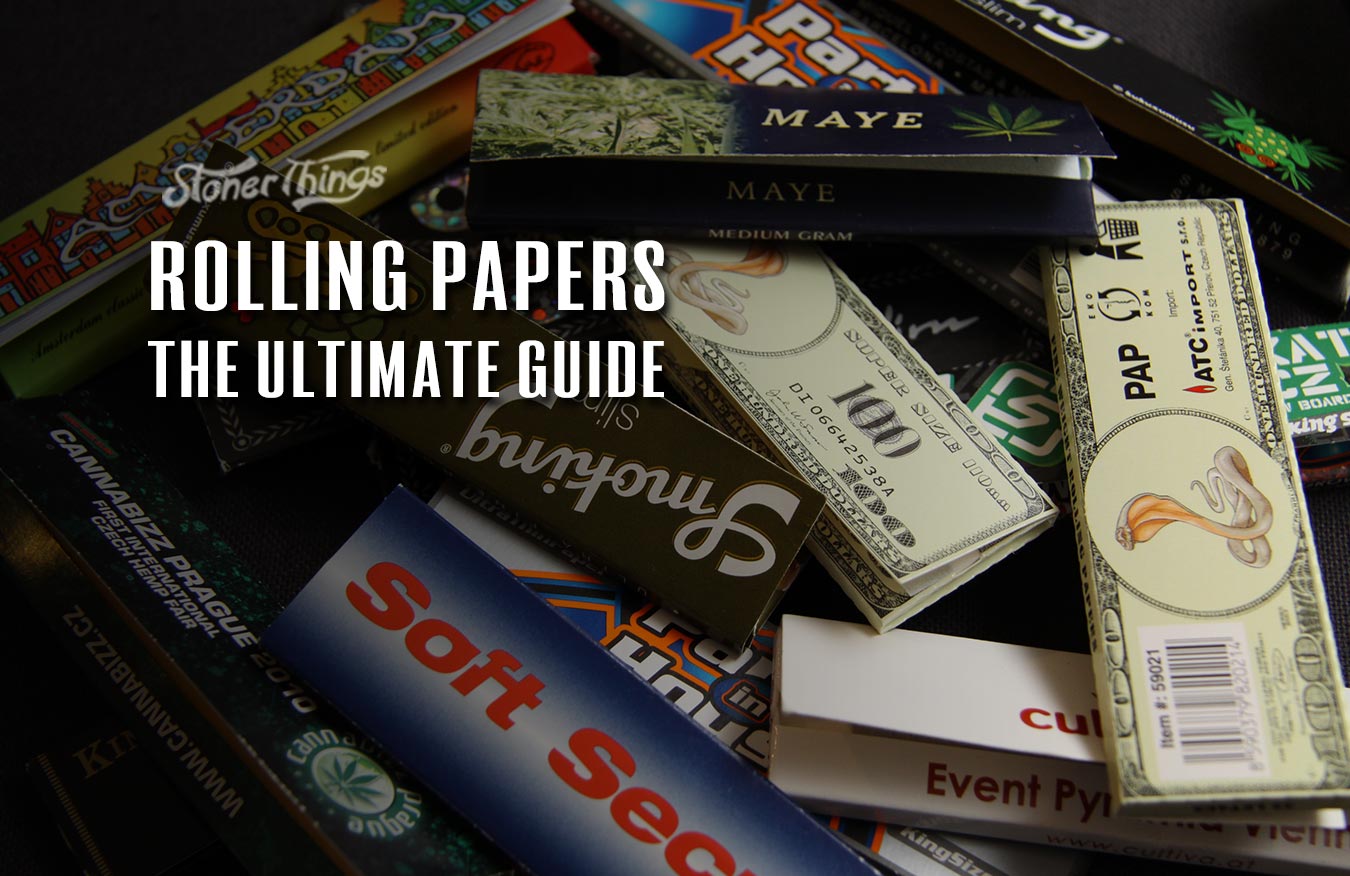Rolling papers are the foundation of a quality smoke sesh, but with so many options to choose from, it can be a little overwhelming to get started in the world of rolled cannabis. Here’s everything you need to know about rolling papers, including the different types, lengths and materials. You’ll also find our favorite rolling papers and a walkthrough for rolling your joints.
What are the different types of rolling papers?
Rolling papers come in all different sizes, thicknesses, shapes and colors. Each one has its own set of pros and cons that will ultimately boil down to your own personal tastes and preferences. To help you make an informed decision when you purchase your next pack of papers, here’s a brief look at the different types of rolling papers.
Wood pulp papers
Wood pulp papers are the more traditional rolling papers that have been the most popular rolling papers for more than a hundred years. Their texture makes them easy to handle and great for beginners, though they tend to be thicker than other papers on this list. Thickness determines how slowly your paper will burn, and the thicker the paper the slower the burn. Generally speaking, they burn at a medium rate, though their thickness does add a woody flavor to your smoke. Wood pulp papers are best for beginners since they hold their shape well even in humidity
Rice papers
Rice papers are made of all-natural pressed rice. They’re much thinner than wood pulp papers, so they’re good for reducing the amount of things other than weed that you’re breathing into your lungs. However, their thin properties can make them more difficult to work with. They’re on the smooth side so they don’t always grip to your fingers well and are especially vulnerable to humidity. Despite their thinness, they burn slowly and don’t alter the flavor of your joint.
Hemp papers
Hemp papers are made from hemp fibers and tend to be brown in color. They’re thicker and sturdier than rice papers so they’re pretty easy to work with and get a good grip on. They fare well in most situations, but they can absorb humidity faster than wood pulp papers. Hemp papers also take on a delicate woody aftertaste, though they don’t spoil the flavor of your joint.
Cellulose papers
Cellulose papers are made from natural plant fibers and are completely clear. They’re on the thin side and tend to burn at a medium-fast rate. They’re beautiful to look at, but they can be a little tricky to handle as they’re prone to becoming gummy when wet. Cellulose papers are also not very rough so they can be a little tricky to roll into a joint. However, they offer almost no extra flavor to your joint, making them a go-to for exceptional flower.
Novelty papers
Novelty papers are made from a variety of different materials, including those we mentioned above as well as things like gold leaf. Novelty papers can also be flavored or colored, bleached or unbleached, thick or thin. Typically we recommend avoiding novelty papers since they take away from the flavor of your bud and can be dangerous to smoke when artificial colors and flavors are used.
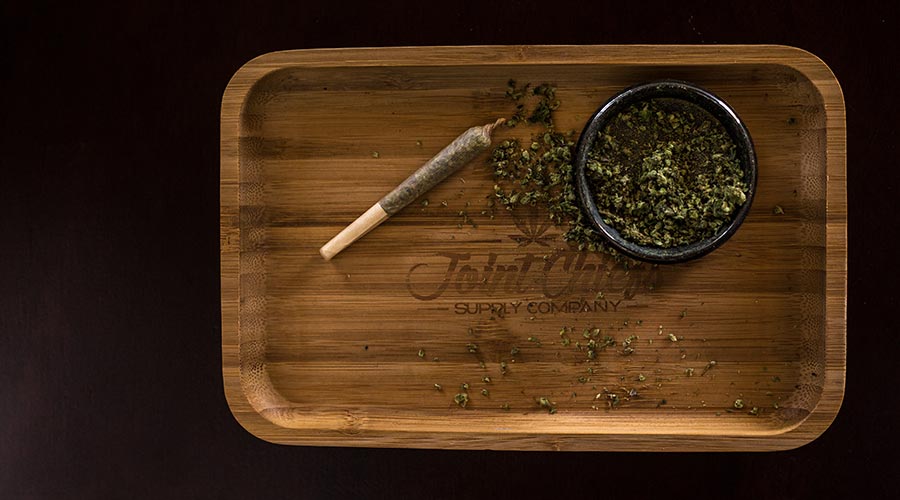

Bleached vs. Unbleached Rolling Papers
As we mentioned above, rolling papers can be bleached, unbleached, flavored, or flavorless. While this may seem like just a cosmetic nuance, some papers can contain additional substances that slow down the burning process, stabilize the paper, smoke or ash, or add artificial flavors or colors.
White rolling papers usually contain chlorine or calcium carbonate which slow down the burn and change the paper to a white color. Flavored and colored rolling papers also go through this process and often contain chemicals or other natural substances that shouldn’t really be inhaled. The only thing you really want to put into your lungs is air. When you smoke anything, it’s best to avoid unnecessary danger of carcinogens.
Unbleached rolling papers are usually brown in color or made from materials like rice or cellulose. They’re made without chemical treatments and are generally considered safer against the risk of possible harm. They also usually have less of an aftertaste, too. If you’re looking for a more natural smoke, go for unbleached papers. However, a flavored paper here or there isn’t too dangerous.
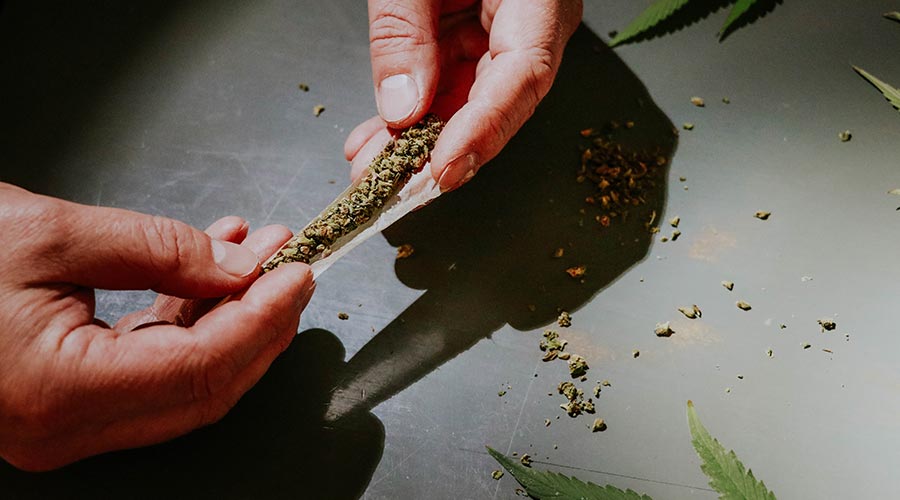

Rolling Paper Lengths
Rolling papers come in all sorts of different sizes and thicknesses. While there are novelty papers out there that reach up to 12” long, most rollers stick to the following papers. Each one can be rolled easily by hand or with a rolling machine.
Single wide rolling papers — Single wide rolling papers are also called standard rolling papers. Back in 1604, King James of England started taxing tobacco which created a demand for smaller rolling papers for rationing purposes. Single wides were most popular throughout the British empire, measuring 70mm long and 36mm wide.
1 ¼” rolling papers — 1 ¼” rolling papers are the most common rolling papers. They measure up to about 78mm long and 44mm wide, so the 1 ¼” measurement really has nothing to do with actual length. They hold 25% more material than single wide rolling papers, hence the name. They hold ¼ (or 25%) more herb than standard papers and have been around since before 1604.
1 ½” rolling papers — Like the 1 ¼” papers, 1 ½” papers hold 50% more material than a single wide rolling paper. They’re the same size as 1 ¼” papers, though they’re wider and allow for a thicker joint. 1 ½” rolling papers measure in at 78mm long and 62mm wide.
Double wide rolling papers — Double wide rolling papers are also 78mm long, though they’re twice as wide allowing you very thick joints in a standard length. They check in at around 68mm wide.
King slim rolling papers — King Slim papers are both longer and wider than all the other papers we listed above. They range from 105-110mm long and 42-46mm wide. King slims are great for a longer joint using a crutch or a filter. They’re great in rolling machines, too.
King size rolling papers — King size papers are larger than the king slims and some of the biggest standard rolling papers you can find. They range from 100-110mm long and 55-60mm wide. Like double wide rolling papers, they make for a thicker joint and a slower burn with the added benefit of having room for a crutch or filter.
Best rolling papers on the market
Ready to roll? These are the 5 best rolling papers for all intents and purposes.
1. RAW
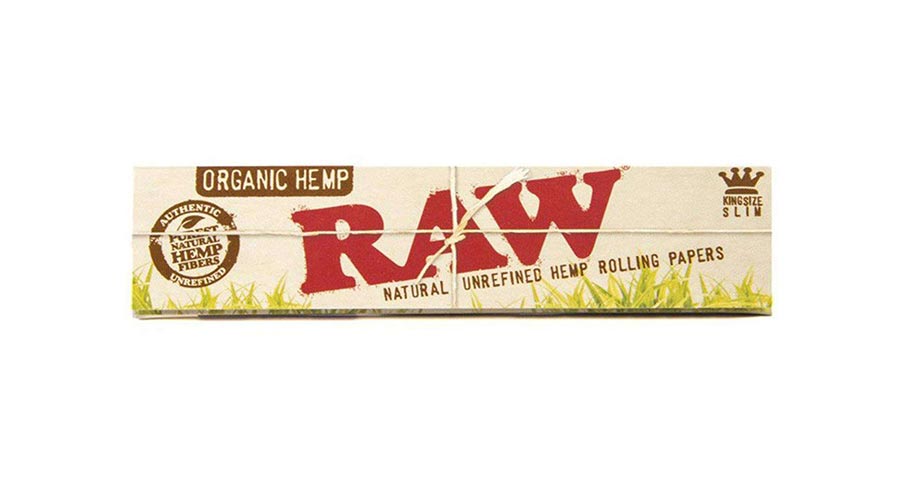

RAW is the go-to brand for natural, unbleached and unrefined hemp rolling papers. They’re a trusted brand for their sturdiness and their ease in rolling. They burn nice and evenly and offer little to no aftertaste. Best of all they stand up well to the elements and are made sustainably.
2. ZIG-ZAG
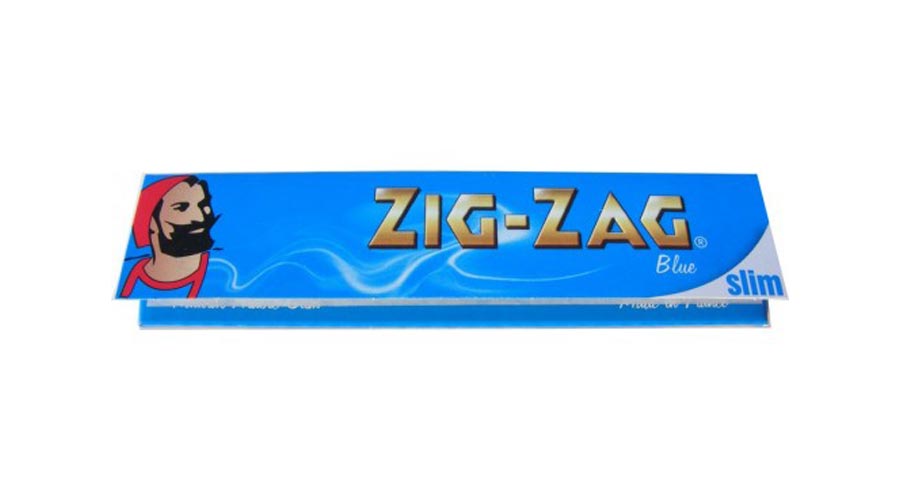

While white papers are a little off-putting, Zig-Zag is a classic brand that uses an oxygenation process that leaves behind no chemical residue on the paper. These papers aren’t bleached and taste great, leaving behind very little aftertaste to your joint. Zig-Zag offers papers in all of the sizes we mentioned above in various thicknesses for your personal preferences. They’re made with hemp fibers and natural flax fibers.
3. Elements
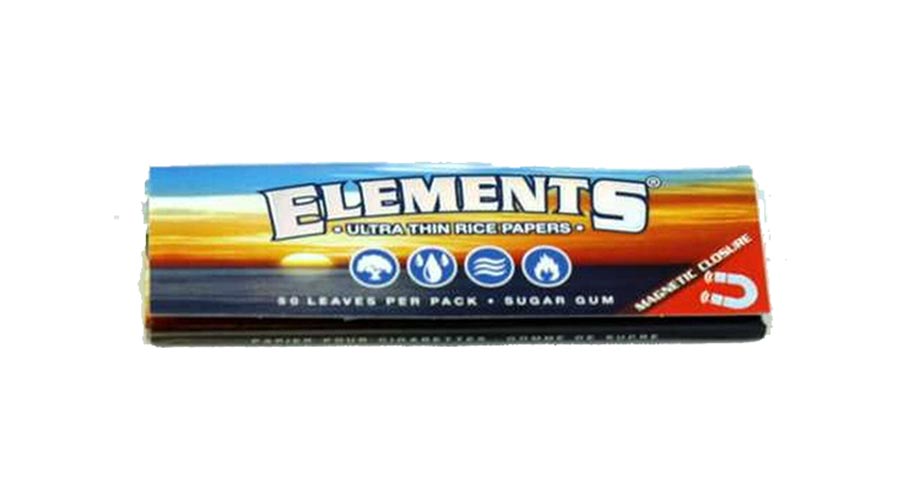

Elements papers are made from rice paper and offer a nice, slow burn. They have little to no aftertaste and utilize natural sugar gum for adhesive. Elements papers are some of the best on the market when it comes to pliability, thinness and ease of rolling. The brand itself uses natural earth-friendly materials and burn with almost zero ash aside from the sugar gum.
4. OCB
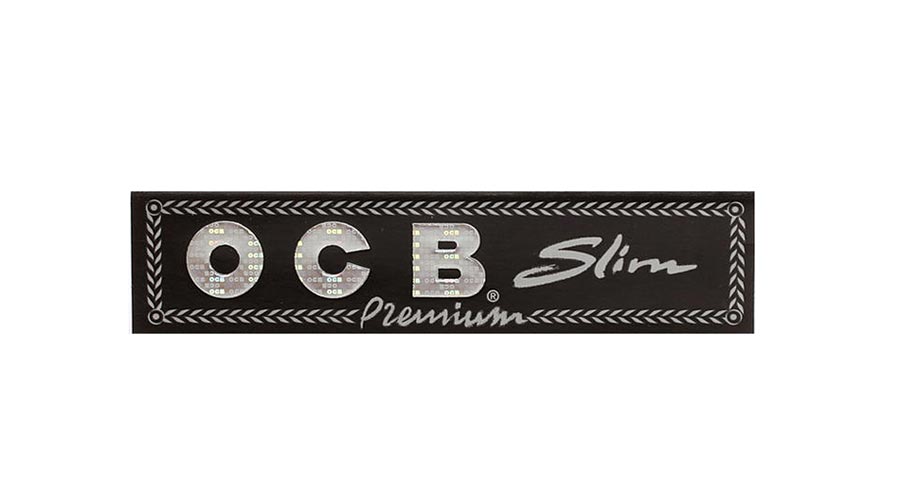

OCB papers are organic hemp papers. They’re unbleached, unflavored, and not watermarked so they make for a clean burning smoke and a slower burn. The paper itself is also rough, so it’s much more forgiving for newbie rollers and holds its shape very well.
How to roll a joint with rolling papers
Rolling joints is pretty easy once you pick out the rolling paper you like and practice. Rolling by hand will give you the most control over your final product. Here’s a quick walkthrough.
You will need:
- A couple of grams of ground up weed
- Filter or crutch (you can make one using a business card)
- Rolling papers
- Rolling tray
- Packing tool
- Lighter
How to roll a joint:
- Over your rolling tray, hold your crutch and paper in one hand and use your dominant hand to fill it with your ground up bud.
- Distribute the bud evenly inside the paper and pinch it between your fingers. Roll the paper back and forth until your joint starts to take shape.
- Tuck the unglued side of the paper into the roll, starting with the side with the crutch or the filter. Lick the glued edge down, and then work your way down the length of the joint until it’s fully sealed.
- Finish the joint by standing it up crutch side down and packing it with a packing tool or a pen to prevent it from canoeing when you light it up. If you’re on the go, give the end a twist to keep your weed inside.
- Light the joint evenly by applying indirect heat to the end of the joint before you begin inhaling it. After that, smoke as normal!








